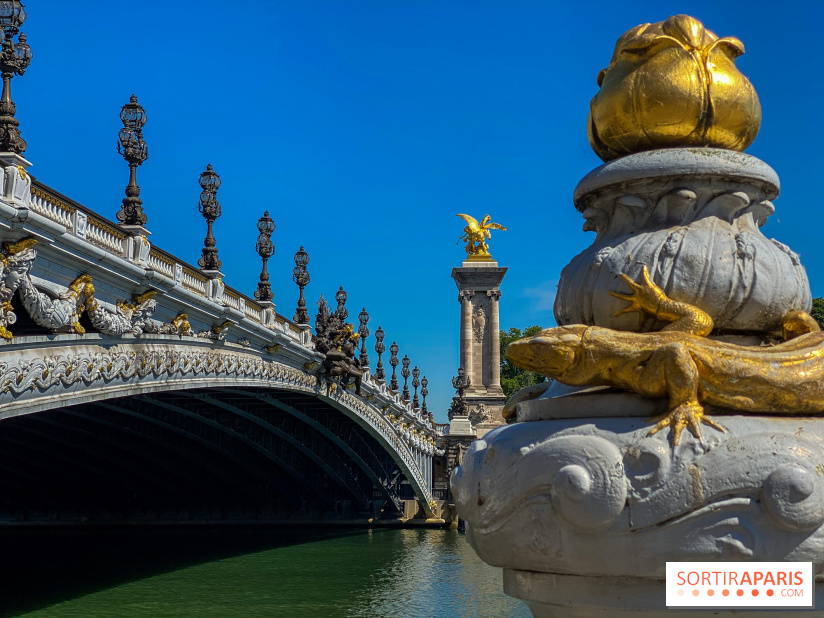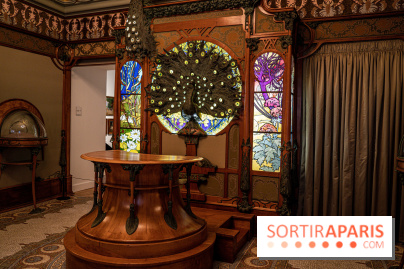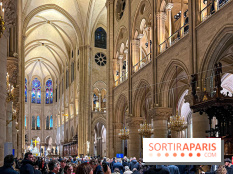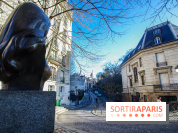Paris wasn't built in a day, and the capital is the product of many different eras, all intertwined to form the charming heritage we admire today. The Belle Époque was one of the most iconic periods in Paris's history. From the end of the 19th century to the dawn of the First World War, it was marked by progress of all kinds, and remains in the collective imagination a festive period of history.
But what remains of the Paris of the Belle Époque? Remnants of this part of thecapital's history can be seen in all four corners of the City of Light... and often you'll walk past them without even realizing it!
Among the monuments that mark the beginning of the Belle Epoque are those resulting from the Universal Exhibitions. The starting point is the capital's emblem: the Eiffel Tower. It is closely followed by the Petit Palais and the Grand Palais. Nearby, the Pont Alexandre III is another magnificent reminder of the Belle Epoque. But there's one vestige that you're likely to pass by frequently: the Guimard aediculae typical of certain Parisian metro entrances.
Named in honor of their architect, Hector Guimard, one of the standard-bearers of Art Nouveau, they come in a variety of forms, but are easily recognized by their green color and floral motif. At the heart of the capital's oldest museum, the Musée Carnavalet, you'll also find the famous Fouquet jewelry collection by Alfons Mucha, which has been completely reassembled. Just off the Abbesses metro station, theÉglise Saint Jean de Montmartre is also a work ofart nouveau, as is the Synagogue de la rue Pavée in the Marais district.
But it's not just the monuments that bring the Belle Époque to life. Several gourmet addresses immerse us in the festive atmosphere of this historic period. These include Maxim's, not far from the Madeleine, and the Train Bleu in the Gare de Lyon. There are also a number of bouillons: bouillon Racine, bouillon Julien, bouillon Pharamond, bouillon Vagenende and Brasserie Mollard. A number of shops also feature Art Nouveau decor, including the Técla jewelry store at 2 rue de la Paix, La Samaritaine and the Debauve et Gallais chocolate shop in the 7th arrondissement.
There are also many buildings that bear witness to the Art Nouveau movement. One of the most iconic is theLavirotte building at 29 avenue Rapp in the 7th arrondissement. TheHôtel Lutetia is also a symbol of the Belle Epoque. In the 16th arrondissement, numerous buildings and private mansions can be admired: the Castel Béranger, theAtelier Carpeaux, Les Chardons and the hôtels Guimard, Mezzara, Jassedé and Pauilhac are among the masterpieces of the Belle Époque.
Dates and Opening Time
Starts June 22, 2021



































